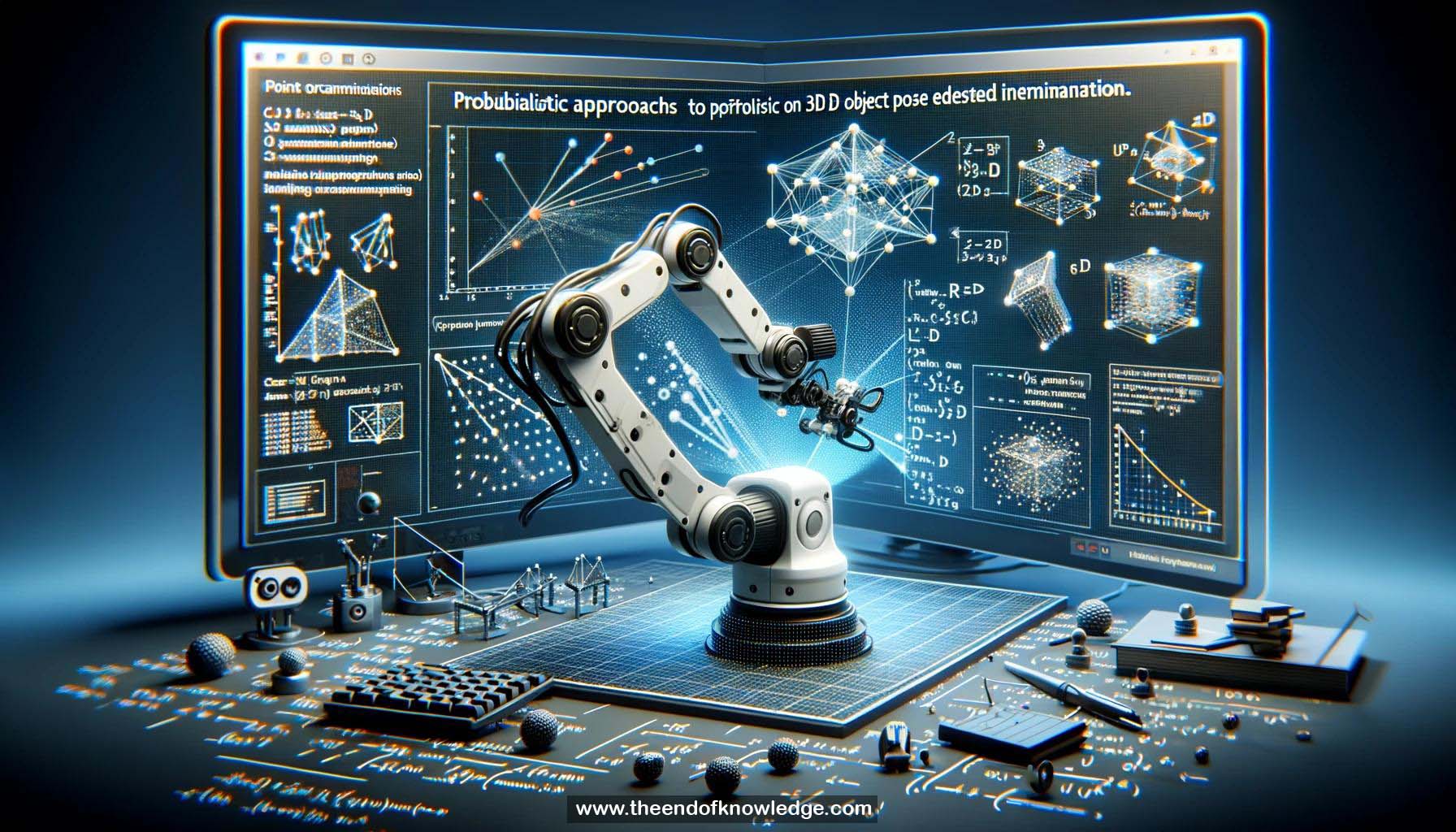EPro-PnP: Generalized End-to-End Probabilistic Perspective-n-Points for Monocular Object Pose Estimation
Concept Graph & Resume using Claude 3 Opus | Chat GPT4o | Llama 3:
graph LR
classDef main fill:#f9f9f9, font-weight:bold, font-size:14px
classDef pose fill:#d4f9f4, font-weight:bold, font-size:14px
classDef loss fill:#f9d4d4, font-weight:bold, font-size:14px
classDef network fill:#d4d4f9, font-weight:bold, font-size:14px
classDef result fill:#f9f9d4, font-weight:bold, font-size:14px
A[EPro-PnP: Generalized End-to-End
Probabilistic Perspective-n-Points for
Monocular Object Pose
Estimation] --> B[EPro-PnP: Probabilistic
Perspective-n-Points layer. 1]
B --> C[Predicts pose distribution
to capture ambiguity. 2]
B --> D[KL divergence loss
between distributions. 3]
D --> E[Monte Carlo approach
estimates pose loss integral. 4]
C --> F[Corresponding weights balance
uncertainty and attention. 5]
B --> G[Pose density derivatives
regularized for optimization. 6]
B --> H[Unifies and outperforms
prior PnP approaches. 7]
B --> I[CDPN with EPro-PnP
improves performance. 8]
I --> J[Deformable correspondence network
learns 2D-3D points. 9]
B --> K[Outperforms state-of-the-art on
LineMOD and nuScenes benchmarks. 10]
class A main
class B,C,F,G pose
class D,E loss
class I,J network
class H,K result
Resume:
1.- EPro-PnP: Probabilistic Perspective-n-Points layer for end-to-end object pose estimation from 2D-3D point correspondences.
2.- Pose ambiguity captured by predicting pose distribution instead of deterministic pose.
3.- KL divergence between predicted and target pose distributions used as training loss.
4.- Monte Carlo approach efficiently estimates pose loss integral.
5.- Corresponding weights balance uncertainty and pose discrimination, resembling attention mechanism.
6.- Derivatives of pose density regularized to aid optimization.
7.- Unifies and outperforms prior PnP-based approaches.
8.- Dense correspondence network modified from CDPN with EPro-PnP significantly improves performance.
9.- Novel deformable correspondence network learns 2D-3D points from scratch for 3D object detection.
10.- Outperforms state-of-the-art 6DoF pose estimation and 3D object detection methods on LineMOD and nuScenes benchmarks.
Knowledge Vault built byDavid Vivancos 2024
 >
>